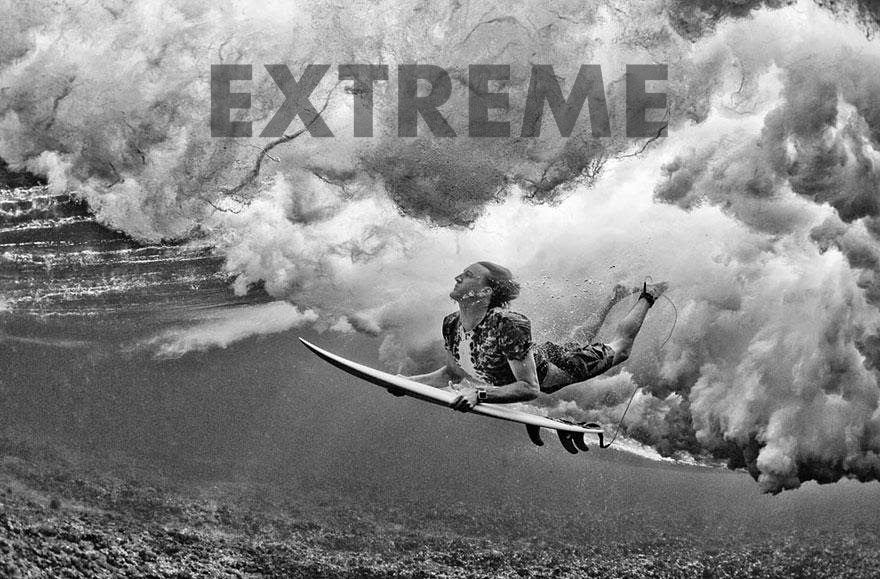Motorcycle speedway, usually referred to as speedway, is a motorcycle sport involving four and sometimes up to six riders competing over four anti-clockwise laps of an oval circuit. Speedway motorcycle use only one gear and have no brakes and racing takes place on a flat oval track usually consisting of dirt, loosely packed shale, or dolomite. Competitors use this surface to slide their machines sideways, powersliding or broadsiding into the bends. On the straight sections of the track the motorcycles reach speeds of up 70 miles per hour (110 km/h).
The exact origins of the sport are unknown but there is evidence of a type of speedway racing being practised in the USA before the First World War and in Australia in the late 1910s and early 1920s. There are now both domestic and international competitions in a number of countries including the speedway world cup whilst the highest overall scoring individual in the speedway grand prix events is pronounced the world champion. Speedway is popular in central and northern europe and to a lesser extent in Australia and North America.
Motorcycle racing (also called moto racing and bike racing) is a motorcycle sport of racing motorcycles. Major genres include road racing and off road racing, both either on circuits or open courses, and track racing. Other categories include hill climbs, drag racing and land speed record trials.
Motocross is a form of motorcycle racing held on enclosed off-road circuits. The sport evolved from motorcycle trials competitions held in the United Kingdom. Motocross is a physically demanding sport held in all-weather conditions.
Freestyle Motocross (also known as FMX) is a variation on the sport of motocross in which motorcycle riders attempt to impress judges with jumps and stunts.
The two main types of freestyle events are:
- Big Air (also known as Best Trick), in which each rider gets two jumps
- Freestyle Motocross, the older of the two disciplines. Riders perform two routines, lasting between 90 seconds and 14 minutes.
































